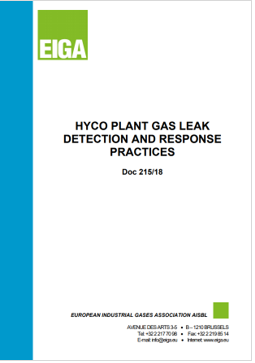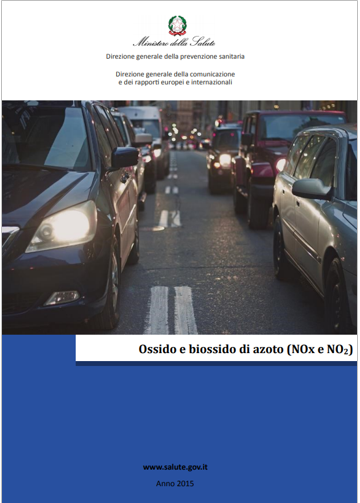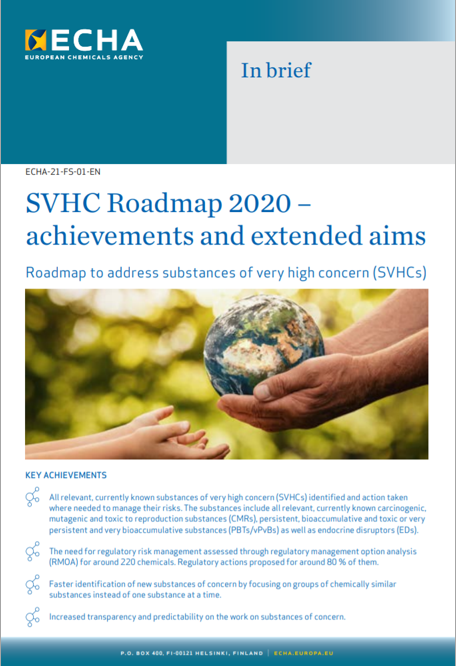Informazione tecnica HSE / 25 ° anno
/ Documenti disponibili:
45.664
/ Documenti scaricati: 34.703.582
/ Documenti scaricati: 34.703.582

EIGA Doc. 215/18
HYCO plants are facilities that produce hydrogen, carbon monoxide and mixtures of these gases. These plants are typically operated with feed stocks such as natural gas, refinery off gas, naphtha, and other light hydrocarbons.
Gases from HYCO plants are flammable and can be toxic; therefore, appropriate leak prevention design, monitoring, and response practices shall be applied to ensure personnel and public safety. Leak detection is part of an overall system comprising design aspects, leak detection devices, operating practices and the response to leak indications.
This publication applies to HYCO plants. Information in this publication may also be applied to facilities, such as trailer fill stations, cylinder fill stations, electrolytic production facilities, or vehicle fuelling stations.
This publication covers methodologies for prevention of, detection of, and response to flammable and/or toxic gas leaks that occur within the fence line of these facilities. Typical leak detection technologies are discussed including personal monitoring, fixed monitoring, and specialised detectors for identifying leak location. This publication also addresses the specifics of gas leaks occurring at unmanned or remotely monitored sites.
The publication is part of the programme to develop Globally Harmonised publications amongst Regional Gas Associations.
______
Table of Contents
1 Introduction
2 Scope
3 Definitions
3.1 Publication terminology
3.2 Technical definitions
4 Safety considerations
5 Monitoring
5.1 Guidelines
5.2 Sensor types
5.3 Monitoring and alarms
6 Leak detection
6.1 Leak detection during maintenance
6.2 Leak scenarios
7 Leak assessment and response
7.1 Initial leak response
7.2 Leak estimation and characterization.
7.3 Subsequent leak response
7.4 Online leak repair.
7.5 Environmental considerations
8 Operational and design recommendations to avoid potential leaks
9 References
Table 1 Key properties of common HYCO plant chemicals
Table 2 Guidance for placement of fixed monitor
...
Fonte: EIGA

Min Salute 2015
Il biossido d’azoto (un tipico inquinante dell’aria esterna, originato prevalentemente dal traffico veicolare) è tra gli inquinanti più comuni dell...
Regolamento (CE) n. 297/2009 della Commissione, dell’ 8 aprile 2009, che modifica il regolamento (CE) n. 1277/2005 che stabilisce le modalità di applicazione del regolament...

L' ECHA ha pubblicato il 04 Febbraio 2021, un opuscolo che riassume i risultati della tabella di marcia SVHC 2020, dopo il suo completamento.
L'obiettivo della...
Testata editoriale iscritta al n. 22/2024 del registro periodici della cancelleria del Tribunale di Perugia in data 19.11.2024